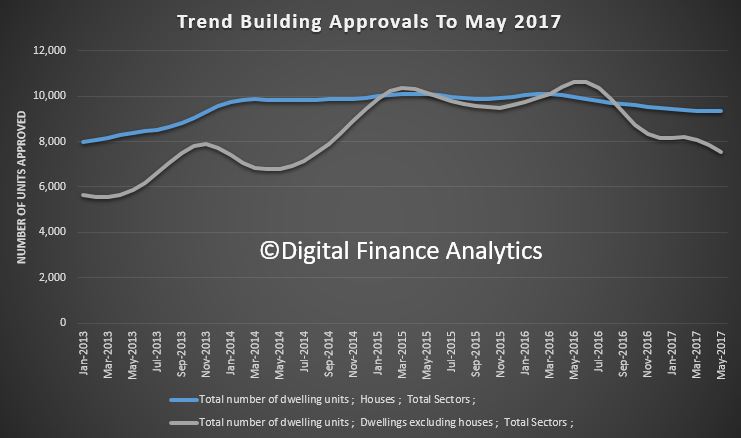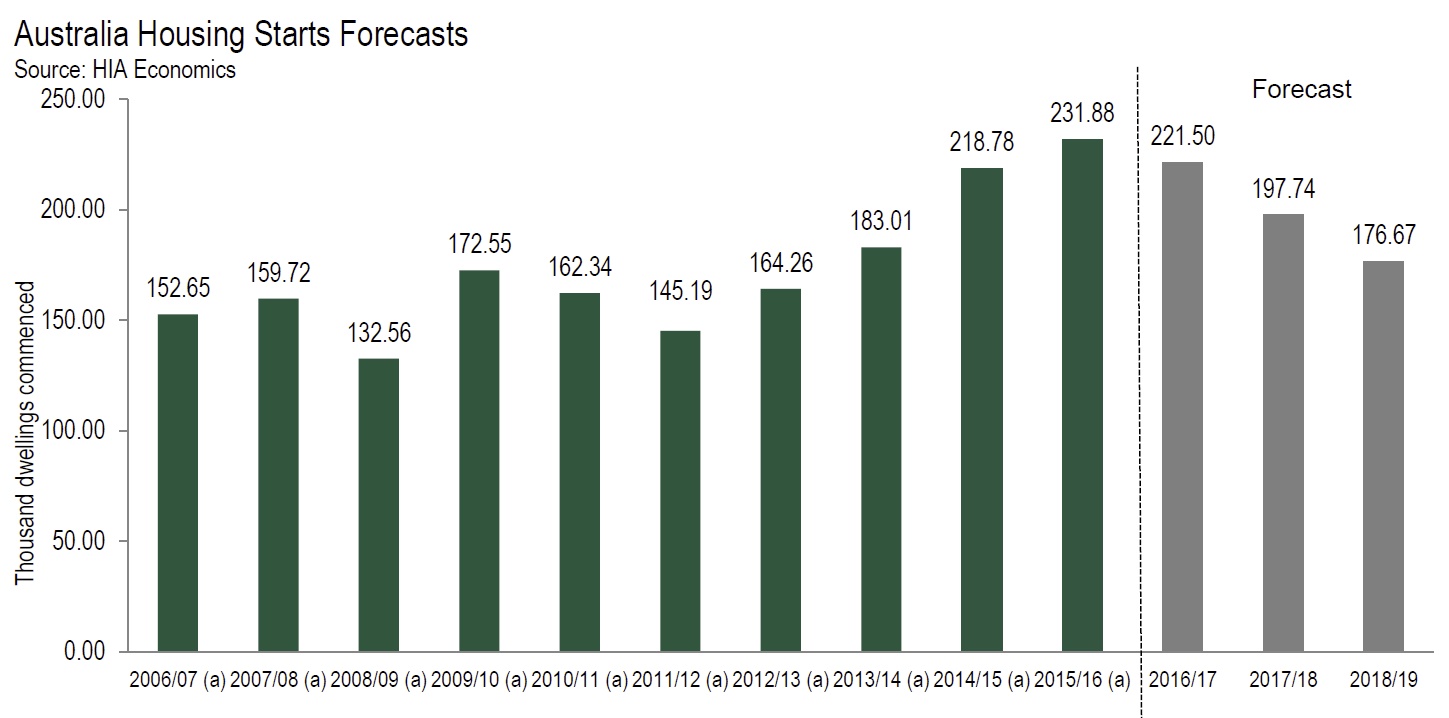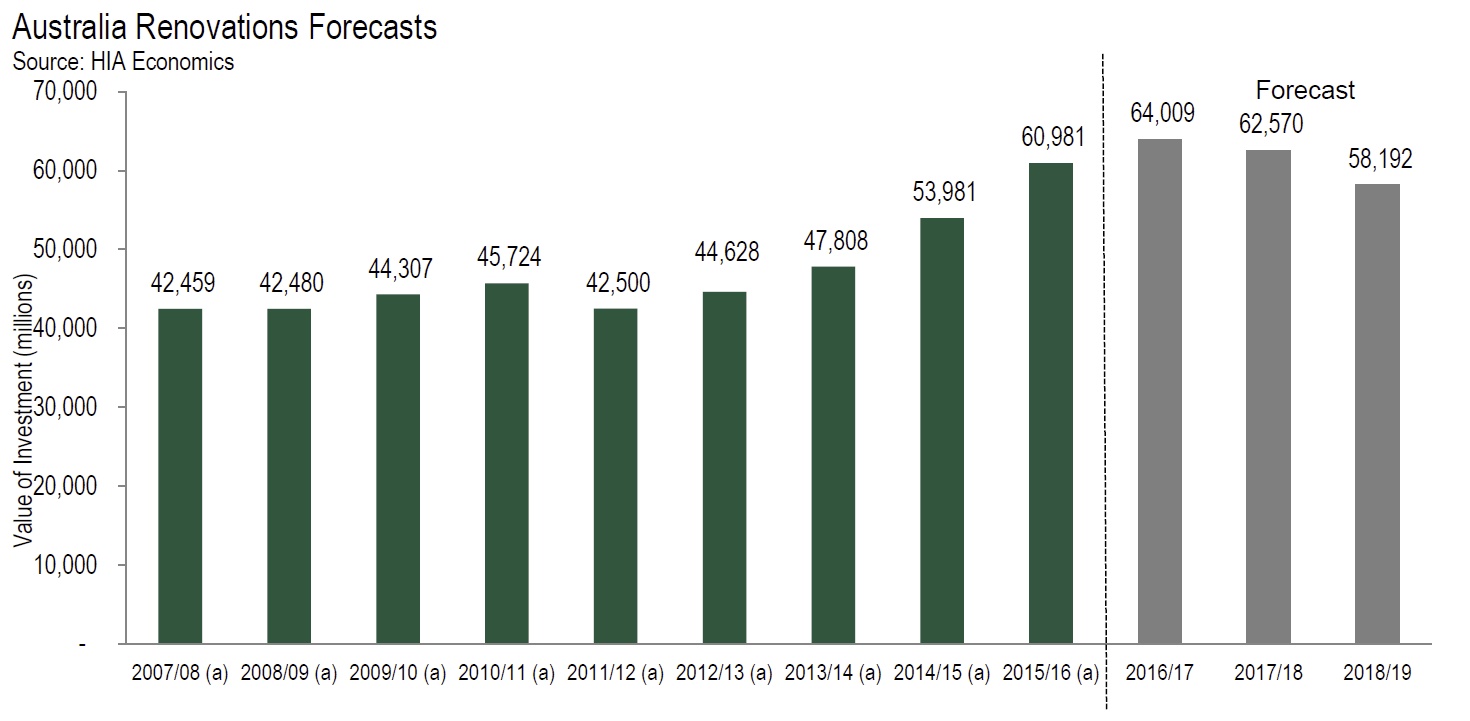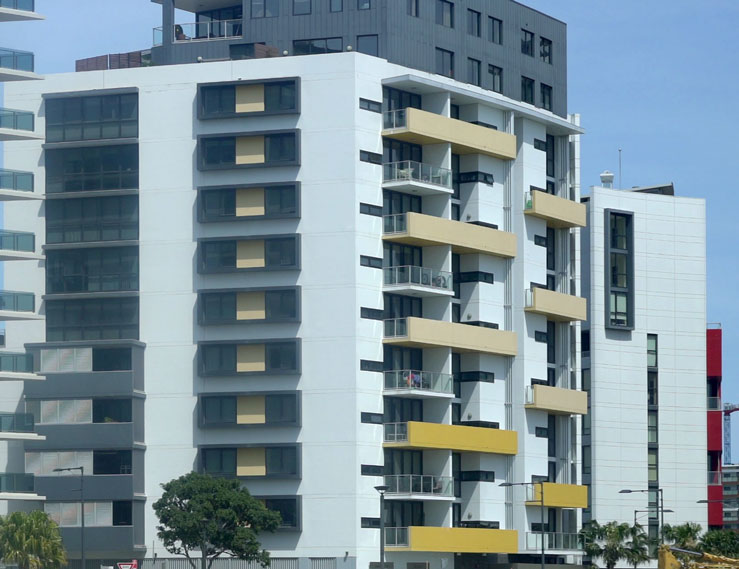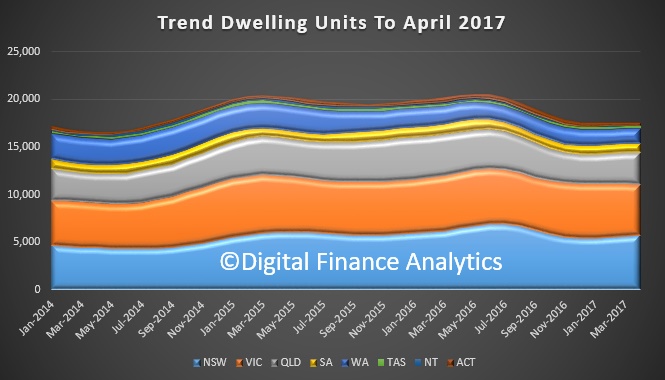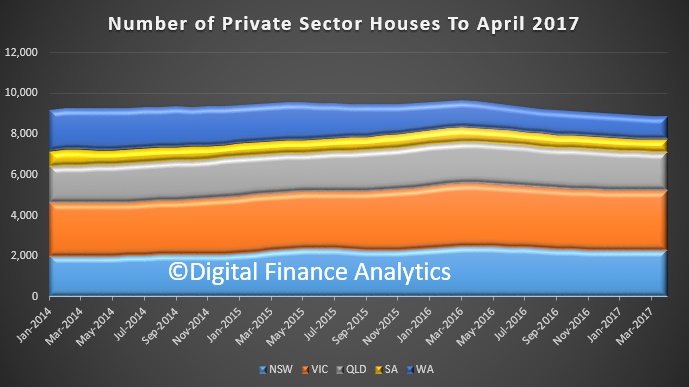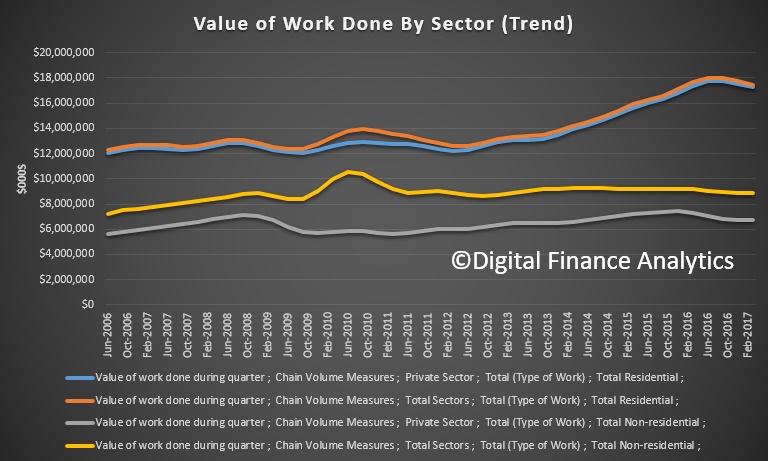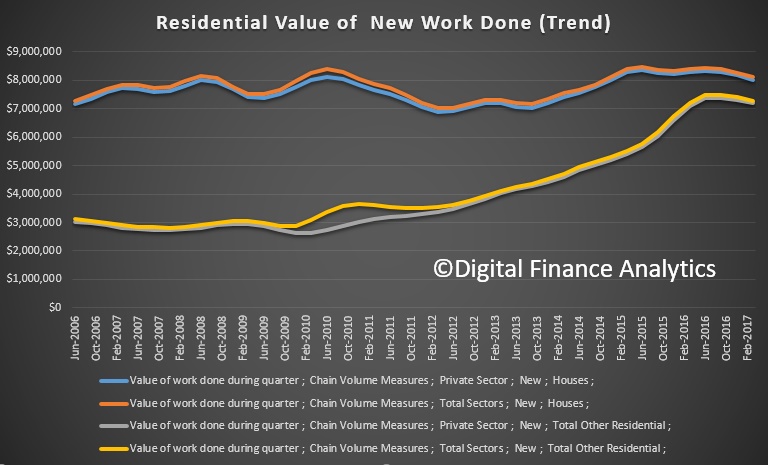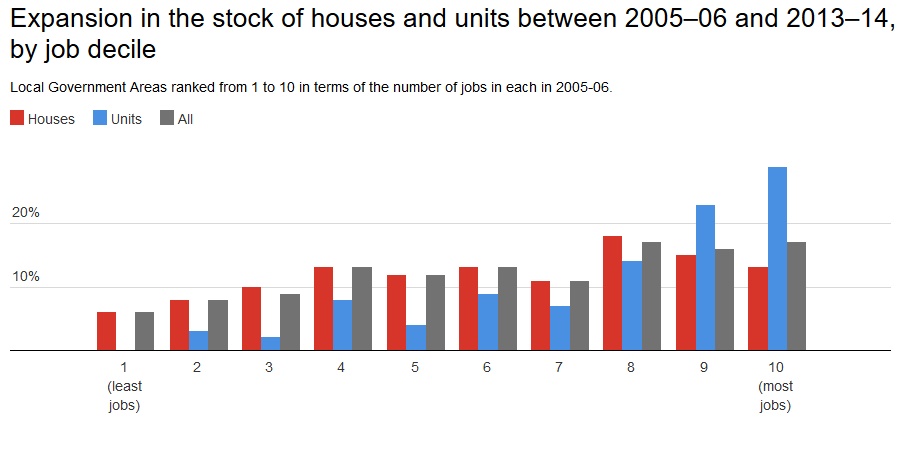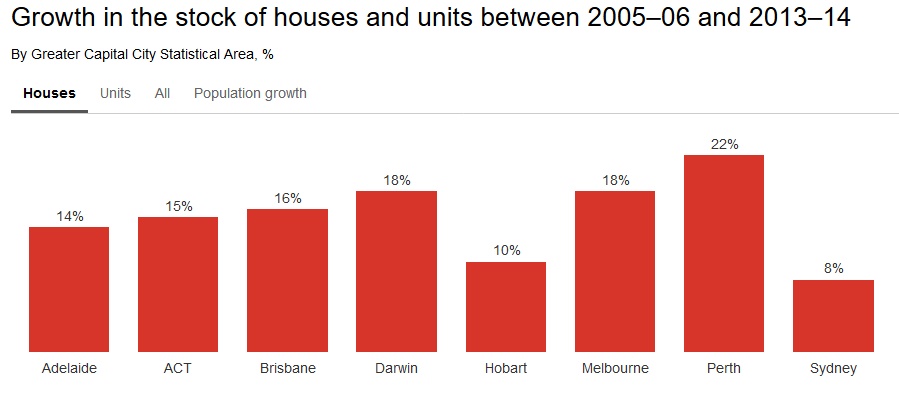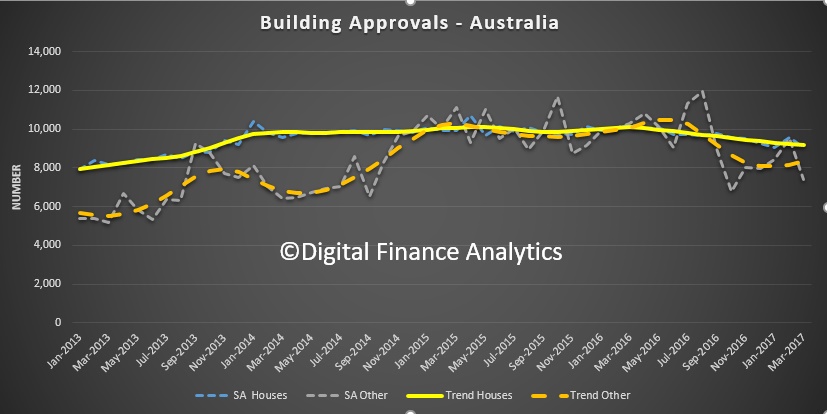If the growth of cities in the 20th century was marked by “white flight”, the 21st century is shaping up to be the era of “bright flight”. The young, highly educated and restless are being priced out of many of the world’s major cities.
They are choosing instead to set themselves up in smaller, regional cities. These offer access to less expensive housing and abundant cheap workspace. The barriers to entering the workforce or starting up a business are lower.
The “metropolitan pressure” of rapid urbanisation is generating a talent spill-over effect, which is setting the stage for a new era of urban winners and losers. This talent leakage is primarily made up of the “forgotten ones” – those who don’t qualify for social housing, but who are unable to afford market-rate housing.
In this age of of hyper-urban migration, where talent goes, capital flows. Cities need to respond to this migration trend and provide adequate housing solutions to retain talent. If not, it could shape up to be a major economic challenge as many are relying on this cohort of knowledge sector and tech-focused workers to lead them into the digital age.
Lessons from the rise of the suburbs
Many will know the urban story, or rather sub-urban story, of the mid-20th century. It was an era marked by “white flight”, the term used to describe the phenomenon of predominantly middle and upper-class Caucasians leaving urban centres to live in the suburbs.
For some, it was a chance to have their dream home in a culturally and ideologically homogeneous neighbourhood replete with white picket fences and enabled by access to cheap debt and favourable tax incentives.
From the cities’ perspective, this migration was devastating. Cities saw their tax revenues drained as higher-income earners fled to the ’burbs. At the same time, these cities required increased investment in social services, housing and education for low-income residents who largely had no choice but to stay in urban centres.
Over a few decades, this exodus led to severe economic and social decay in many of the world’s cities. By the mid-1970s, even New York was on the verge of bankruptcy.
Reversal drives an urban renaissance
This era of “white flight”, however, began to fade in the later part of the 20th century as a new generation of urbanites flocked to cities across the world.
What we are experiencing now is nothing short of a modern urban renaissance. From the very young to the very old, from singles to families, people are moving to cities in droves, drawn by the excitement, cultural diversity, eclecticism and array of employment opportunities that urban living offers.
Global cities like London and New York have rebounded from this era of urban decay better than they could ever have expected. In many ways, however, they have been too successful for their own good. The reverse migration back to the city has placed enormous pressure on our metropolitan regions.
As urban populations grow, so too does the level of investment needed for cities to function well. The investment is required to improve ageing infrastructure, expand mass transit, increase housing supply and extend capacity of civil services.
But making all these upgrades to improve and sustainably grow our cities creates another challenge: it increases competition for space. The more we increase density in our cities, the more expensive land becomes. The more expensive land becomes, the more expensive housing becomes, so people get priced out of their city of choice and move on.
Spilling over to second-tier cities
This pattern has been playing out for a some time now in the US. The spill-over of talent from top-tier cities like New York, Chicago, Los Angeles and San Francisco has flowed into more regional cities such as Seattle, Portland, Austin, Philadelphia and Denver.

Australia doesn’t have many regional cities that, like Minneapolis in the US, offer a place for talented workers to migrate within the country.
These second-tier cities have been the beneficiaries of this new wave of tech-savvy, knowledge sector workers. With all those bright workers around, companies like Google, Facebook, Apple and Amazon soon followed.
As a result, these cities now have some of the hottest property markets in the world. And they are now experiencing their own growing pains as housing prices have soared and the next wave of talent are being priced out.
And so the pattern continues and the talent spills into even more regional cities like Charlotte, Chattanooga and Minneapolis.
What does this mean for Australia?
Today, civic leaders and planning agencies are caught in the vice of balancing the need for increased density and growth while maintaining liveability, affordability and a sense of place.
Unfortunately for many cities, this vice has been tightened too much. We are pushing out the very workers who make our cities function (bus drivers, social workers, teachers), who define their culture (artists, designers, writers, musicians) and who will shape their future (data scientists, software developers, clean tech experts).
For Australia, this issue is much more acute. Unlike the US, which has a multitude of cities for talent to spill into, Australia has only a handful of cities. While places like Parramatta, Geelong and Newcastle will likely benefit from talent capture owing to the pressure build-up in Melbourne and Sydney, many more “bright ones” will likely seek their fortunes overseas and leave the country altogether.
We will rue the day if the companies follow suit, but cities can also take action to relieve some of this affordability pressure. Many cities are enabling innovative housing models such as Baugruppen in Berlin and Pocket Living in London. US cities like Seattle, Austin and Portland are leading the way on inter-generational urban co-housing models.
In Australia, Moreland City Council, birthplace of The Commons and Nightingale housing model, is doing its part to keep talented artists, designers, key workers, young families and downsizers within metro-Melbourne. Co-living models, such as Base Commons in Melbourne, are also making an entry here in Australia as a refreshed, millennial-driven approach to urban co-housing.
Watch this space. And cities: keep enabling housing innovation.
Author: Jason Twill, Innovation Fellow and Senior Lecturer, School of Architecture, University of Technology Sydney

